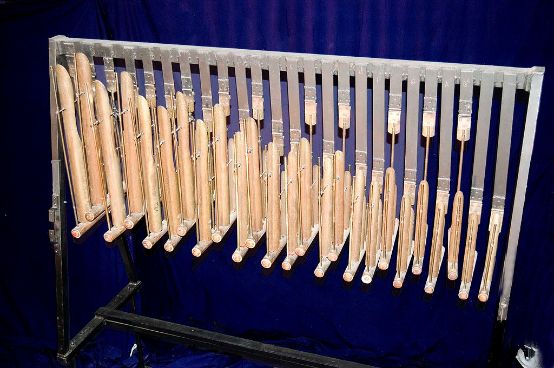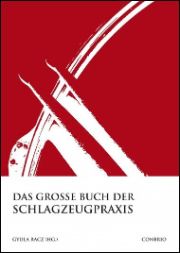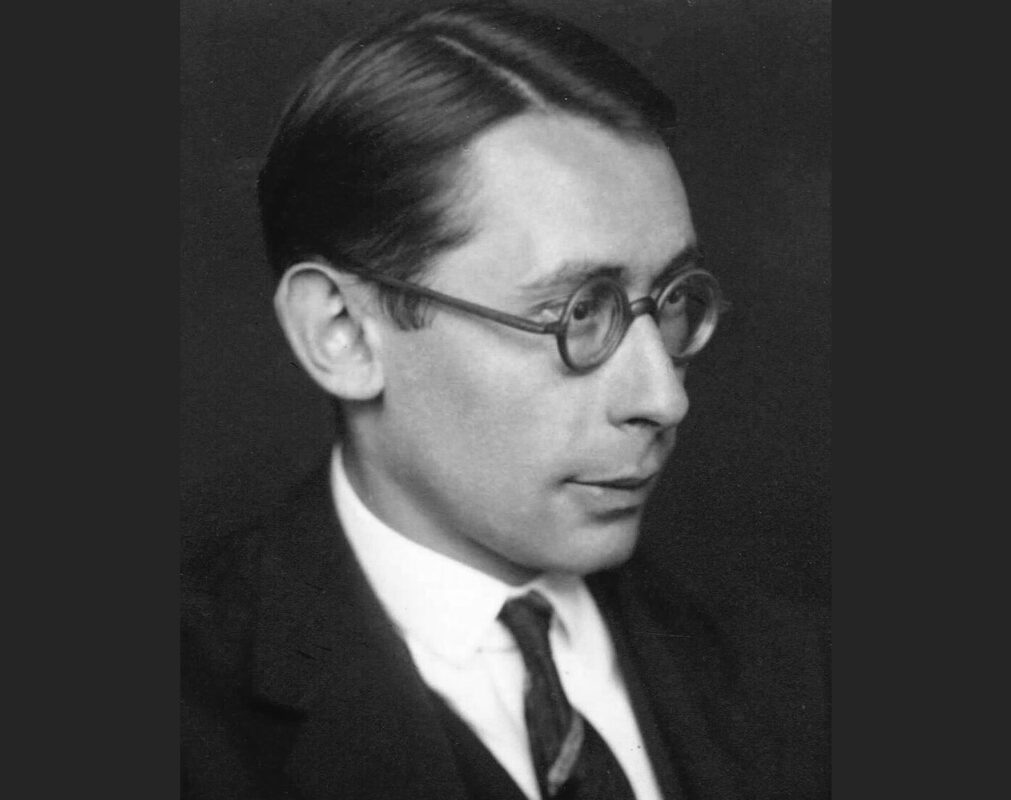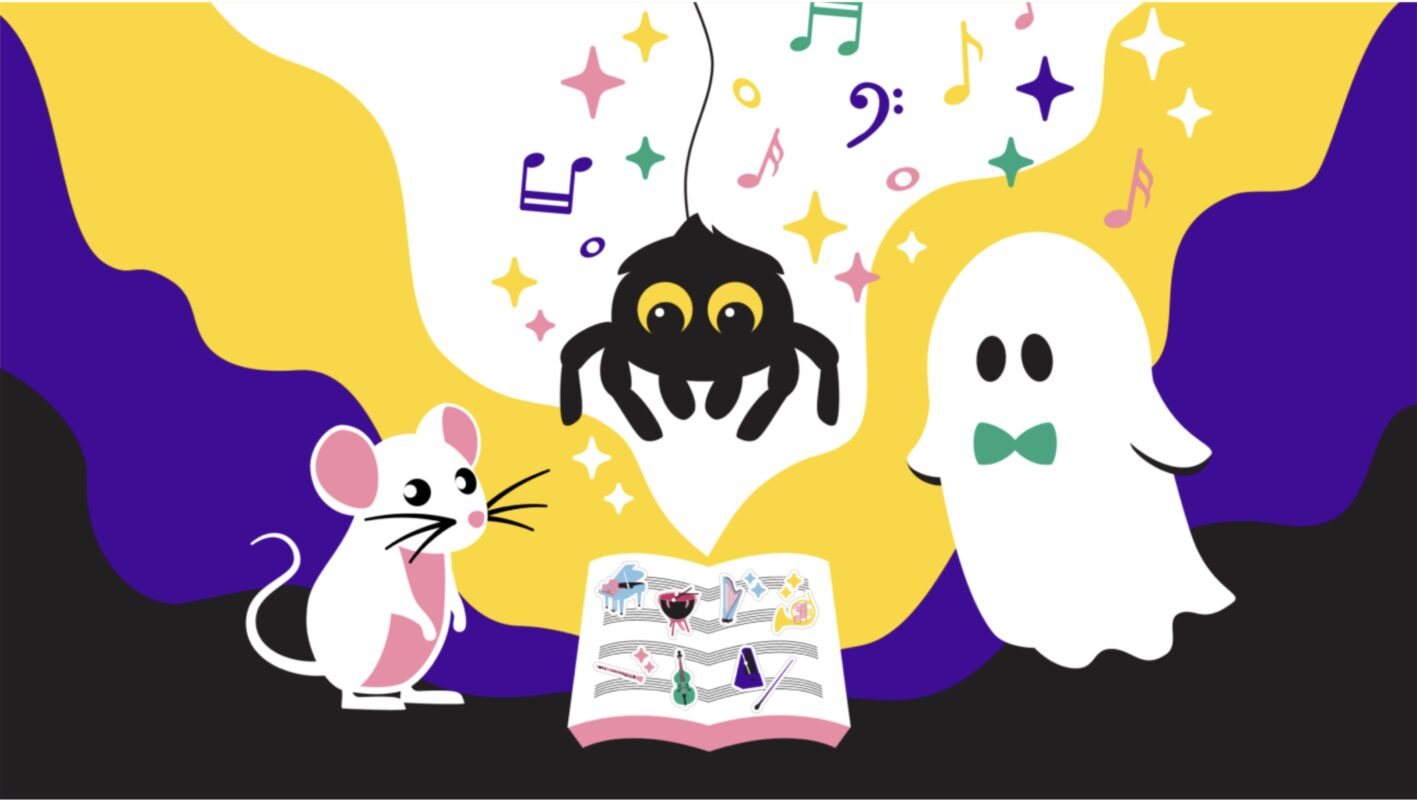From Angklung to Zimbel
At last there is a comprehensive reference book for percussion practice.

It has been almost half a century since the last book on the diverse world of percussion was published (Peinkofer/Tannigel: Percussion manualSchott, 1969). Against this background The big book of percussion practice published by Gyula Racz is almost overdue. In collaboration with 14 authors, he presents the percussion and everything that goes with it in detail. The compendium is divided into the sections Instrumentology, Playing Practice and Pedagogy, with Instrumentology occupying the most prominent position.
In this colorful chapter, richly illustrated with historical subjects, the authors talk about the origins and history of the drum set. The first important rudiments for the snare drum can already be found here in notated form. And a lot is also revealed about the Basel drum and its notation, which Fritz Berger developed.
In Gyula Racz's book you can wonder about exotic instruments such as the angklung, lion's roar or donkey's teeth, just as you can find out about onion flutes, whistles or birdsong. Although the latter are not percussion instruments, they are part of the classical percussionist's instrumentarium.
Benjamin Franklin was not only President of the USA, but also a brilliant inventor. Among other things, he invented the glass harmonica. This is usually played by specially trained musicians. Some well-known compositions for the glass harmonica date back to the 18th century. Among those who used the instrument in their compositions were great masters such as Mozart and Gluck. However, the glass harmonica eventually fell into oblivion because, according to press reports from the 19th century, it was not entirely safe for the nerves of performers and listeners. Nevertheless, at the beginning of the 20th century, Richard Strauss wrote in his opera Woman without shadow again some chord sequences for the glass harmonica.
In the first sub-chapter of the section "Literature and playing practice", solo and ensemble pieces from the era of New Music are presented, introducing the reader to composers such as Varèse and Cage, but also many others. Two separate, comprehensive sub-chapters are devoted to the jazz vibraphone and the drumset. Of course, the world of Latin percussion is also included. Numerous examples of sheet music and many pictures allow the reader to immerse themselves in this fascinating cosmos.
The big book of percussion practice was created in cooperation with the Kolberg company, which is well known as a manufacturer of high-quality percussion instruments and accessories. With its cross-genre structure, it is a suitable reference work for conductors, composers, teachers and anyone interested in music. With 360 pages and perfectly laid out, it will win you over at first glance and should not be missing from any well-stocked music library.
The big book of percussion practice, edited by Gyula Racz, 364 p., € 39.90, ConBrio, Regensburg 2014, ISBN 978-3-940768-43-8









